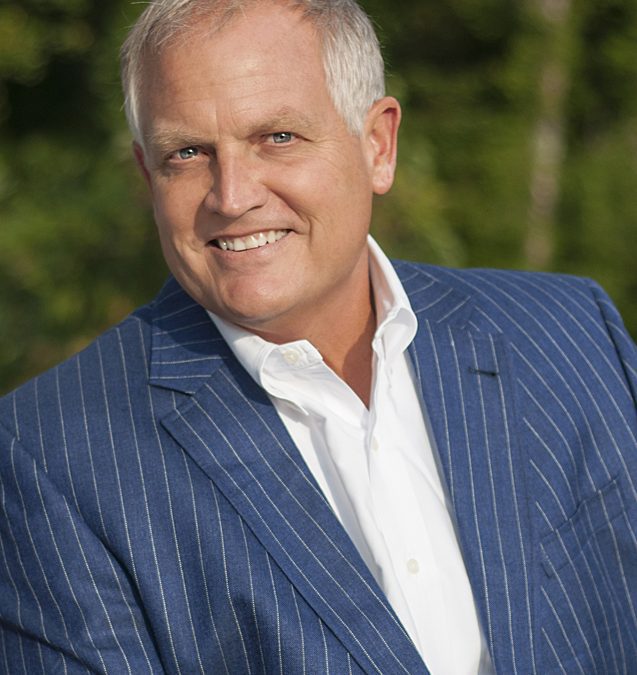This is a guest post by Bill Treasurer. The article originally appeared in Entrepreneur.com.
 It happened again yesterday. I had just given a talk on courage-building to 600 CEOs and business owners. After my talk, one CEO approached me with a common dilemma. “My company lives and dies on our ability to provide innovative technology solutions to our clients.” he explained. “But employees often fall back on ideas that are safe and comfortable. How do I inspire them to be more willing to take more risks?”
It happened again yesterday. I had just given a talk on courage-building to 600 CEOs and business owners. After my talk, one CEO approached me with a common dilemma. “My company lives and dies on our ability to provide innovative technology solutions to our clients.” he explained. “But employees often fall back on ideas that are safe and comfortable. How do I inspire them to be more willing to take more risks?”
Good question.
When you think about it, though, doesn’t it make sense that employees gravitate toward safe and tried-and-true ideas? It has something to do with that word “security.” Offering a bland idea that works provides more job security than offering colorful ideas that might fail.
But the desire for safety and security, over time, can be a dangerous thing for a business. Especially when it gets in the way of creativity, innovation, or the pursuit of higher standards of excellence.
For the past decade, my company, Giant Leap Consulting, has been on a mission to help people and organizations be more courageous. We’ve worked with thousands of executives on 4 continents and 8 countries to help them inspire more courage in the workplace. What follows are three tips to help strengthen people’s backbone in your workplace.
Nudge People into Discomfort: Your job as a leader, frankly, is to make people uncomfortable. Not in a punitive or demeaning way. But in a way that continuously raises their standards and prevents complacency. The reward for meeting a demanding challenge should be a more demanding challenge. Sometimes the best way to keep people growing, developing, and progressing is to purposely put them in over their head. The trick is to provide them with tasks that slightly eclipse their current skills, so they can stretch into new ones. Ginni Rometty, the CEO of IBM, puts it well, “Growth and comfort don’t coexist.”
Reward Smart Failures: If you bite people’s heads off whenever they flub-up, they will quickly learn not to make waves. To be clear, you should have low tolerance for habitual or dunderheaded mistakes. But smart mistakes – those that serve the business and are made in a thoughtful and logical way – should be rewarded. Sara Blakely, the billionaire founder of Spanx, says, “When people make mistakes at Spanx – especially when those mistakes key us on to some new insight – I am never disappointed. In fact, I go up to them and give them a big high-five.”
Eliminate Brown-nosing: Great innovations are often the result of a clash of ideas. When leaders surround themselves with yes-people and sycophants, candidness will suffer. To promote unvarnished honesty, leaders need to give people permission to not be brown-nosers. Better yet, clearly communicate that people are expected to disagree with one another – and with you – when it comes to innovative ideas. Assertiveness, especially when it involves disagreeing with authority figures, is hallmark of a culture of courage.
Finally, it pays to remember that people follow the leader. If you want people to step out into their discomfort zones, you’ve got to move there first. If it’s been a while since you experienced the sweaty palms that come when you leave the edge of your comfort zone, it’s probably time for you to put your courage to work. Ask yourself this simple question: when was the last time you did something for the first time?
Bill Treasurer is the author of Leaders Open Doors, which focuses on how leaders create growth through opportunity. Bill is also the author of Courage Goes to Work, an international bestselling book that introduces the concept of courage-building. He is also the author of Courageous Leadership: A Program for Using Courage to Transform the Workplace, an off-the-shelf training toolkit that organizations can use to build workplace courage. Bill’s first book, Right Risk, draws on his experiences as a professional high diver. Bill has led courage-building workshops for, among others, NASA, Accenture, CNN, PNC Bank, SPANX, Hugo Boss, Saks Fifth Avenue, the Pittsburgh Pirates, and the US Department of Veterans Affairs. To learn more at www.couragebuilding.com.

Recent Comments